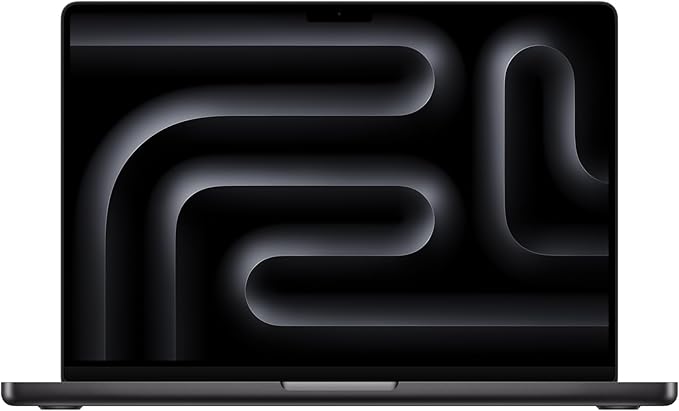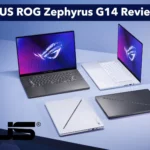If you use Power BI daily, you already know it’s not just a simple chart-making tool. It’s a serious piece of software that crunches data, builds complex visuals, and demands a laptop that can keep up without slowing you down. In 2025, there’s no shortage of options—but not all laptops are built to handle large datasets, heavy dashboard rendering, or multitasking without a hitch.
In this guide, I’ll walk you through what makes a laptop great for Power BI and share my top picks for 2025 that balance performance, portability, and value. Whether you’re a business analyst, data scientist, or just someone who loves a clean, interactive dashboard, these laptops will help you get the job done—fast and smooth.
What to Look for in a Laptop for Power BI
When working with Power BI, you need a machine that can handle data modeling, visual rendering, and background processing without lag. Here’s what really matters:
- Processor (CPU): Go for at least an Intel Core i7 (13th or 14th Gen) or AMD Ryzen 7/9. These chips can handle heavy data models with ease.
- RAM: 16 GB is the minimum, but 32 GB is ideal if you regularly work with large files or run multiple apps side-by-side.
- Storage: A fast NVMe SSD with at least 512 GB. If your datasets are huge, 1 TB will save you a lot of headaches.
- Graphics (GPU): Power BI can run on integrated graphics, but a dedicated GPU like the NVIDIA RTX 3050 or above speeds up rendering and overall performance.
- Display: A high-resolution (QHD or 4K) screen makes dashboards crisp and easier to read. If you’re working long hours, look for a color-accurate panel.
Best Laptops for Power BI in 2025
1. Lenovo ThinkPad X1 Carbon Gen 12
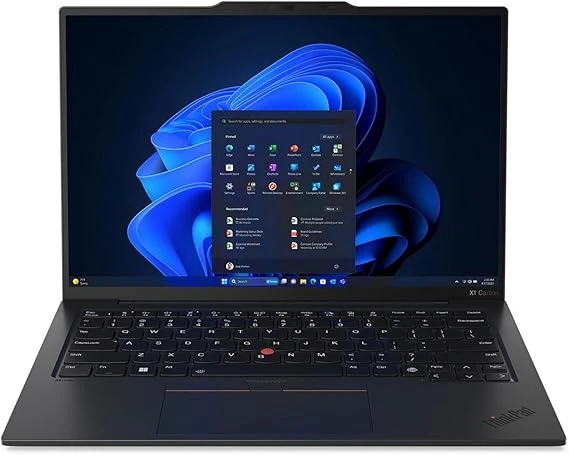
The X1 Carbon is a business classic for a reason. It’s incredibly light yet durable, with top-tier Intel Core Ultra processors and up to 32 GB RAM. The keyboard is among the best you’ll ever type on, and the bright, sharp display makes data work comfortable for hours.
Why it’s great for Power BI: Solid multitasking, premium build, long battery life, and all the right ports.
2. HP EliteBook 840 G11
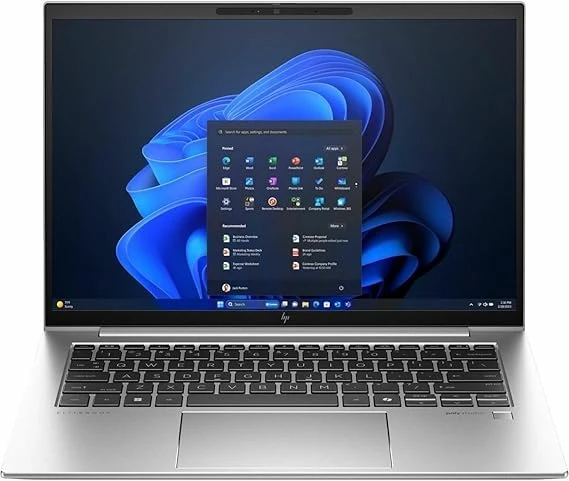
If you want a sleek, professional machine with strong security features, the EliteBook 840 is a winner. It packs Intel Core Ultra 7 power, plenty of RAM, and a long-lasting battery. The anti-glare display makes it perfect for office or on-the-go use.
Why it’s great for Power BI: Stable performance, business-friendly features, and excellent reliability.
3. Dell XPS 15 (2025)
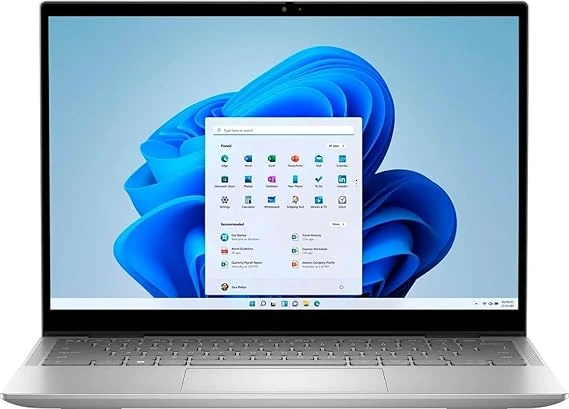
The Dell XPS 15 is a favorite among professionals for its blend of power and style. With up to Intel Core i9 processors, 32 GB RAM, and stunning OLED display options, it’s a powerhouse for both raw performance and visual clarity.
Why it’s great for Power BI: Exceptional screen quality for detailed dashboards, plus powerful internals.
4. Microsoft Surface Laptop (7th Gen)
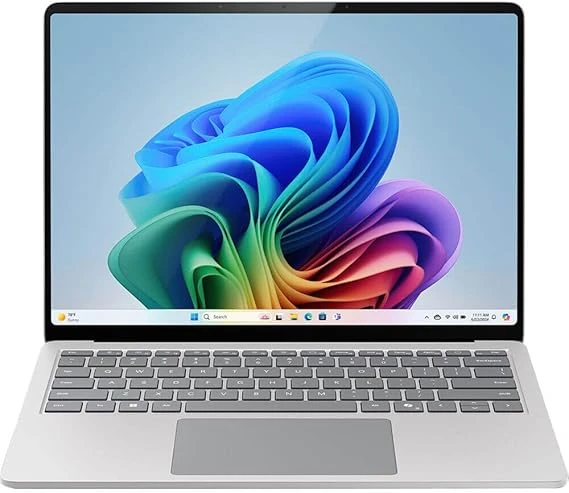
Lightweight, stylish, and packing the new Snapdragon X Elite processor, the Surface Laptop offers up to 32 GB RAM and excellent battery life. The 3:2 aspect ratio screen gives you more vertical space—perfect for seeing more of your reports without scrolling.
Why it’s great for Power BI: Ultra-portable with a sharp, productivity-friendly display.
5. LG Gram Pro 17
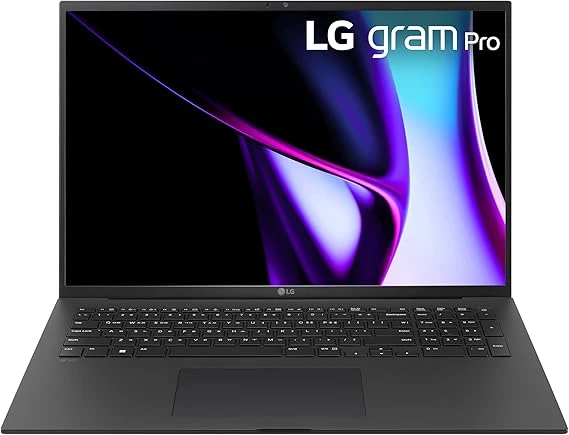
Don’t be fooled by its size—the LG Gram Pro 17 is one of the lightest 17-inch laptops on the market. With Core Ultra CPUs, 32 GB RAM, and up to 2 TB storage, it’s built for those who want a big canvas for their data without lugging around a heavy machine.
Why it’s great for Power BI: Huge display for complex dashboards, feather-light portability, and powerful specs.
Quick Comparison Table
| Model | CPU | RAM | Storage | Display Size | Weight |
|---|---|---|---|---|---|
| Lenovo ThinkPad X1 Carbon | Intel Core Ultra | Up to 32 GB | Up to 1 TB | 14″ QHD | 2.4 lbs |
| HP EliteBook 840 | Intel Core Ultra 7 | Up to 32 GB | 1 TB SSD | 14″ FHD | 2.9 lbs |
| Dell XPS 15 | Intel Core i9 (2025) | Up to 32 GB | 1 TB SSD | 15″ OLED/QHD | 4.2 lbs |
| Microsoft Surface Laptop 7 | Snapdragon X Elite | Up to 32 GB | 1 TB SSD | 13.5″ or 15″ | 2.7 lbs |
| LG Gram Pro 17 | Intel Core Ultra 7 | Up to 32 GB | 2 TB SSD | 17″ QHD | 2.9 lbs |
Final Thoughts
Choosing the best laptop for Power BI in 2025 boils down to your work style. If you value portability and build quality, the ThinkPad X1 Carbon or Surface Laptop are excellent picks. If you want a balance of performance and visuals, the Dell XPS 15 is hard to beat. For a bigger screen, the LG Gram Pro 17 offers unmatched portability for its size, while the HP EliteBook 840 is a rock-solid business choice.
Whichever you pick, make sure it has plenty of RAM, a fast SSD, and a high-quality display—those three things will make the biggest difference in your Power BI experience.
Frequently Asked Questions
Want Power BI to run smooth? Get a Windows laptop with a recent multi-core CPU (Intel i5/i7 or Ryzen 5/7), 16 GB RAM (32 GB for big datasets), a fast NVMe SSD (≥512 GB), and a 1080p+ screen. GPU isn’t crucial—prioritize CPU, RAM and SSD speed for snappy data work.
No — Power BI isn’t being phased out. Microsoft is still shipping updates (through 2025). It has shifted Power BI Premium licensing and some capabilities into Microsoft Fabric and retired older SKUs/apps, so Power BI is evolving under Fabric rather than disappearing.
For casual Power BI use, 8GB will work but feels sluggish. 16GB is a comfy sweet spot for most dashboards and moderate datasets. If you work with big data models, heavy transformations, or many visuals, go 32GB or more. Extra RAM speeds up refreshes and model building.
Use a modern quad-core CPU (Intel i5/Ryzen 5 or better), 16GB RAM (8GB minimum), fast NVMe SSD (256–512GB) and Windows 10/11 64-bit. Integrated graphics work, but a discrete GPU helps with heavy visuals. A 14–15″ 1080p screen, USB-C, solid Wi-Fi, plus good battery life and cooling.

